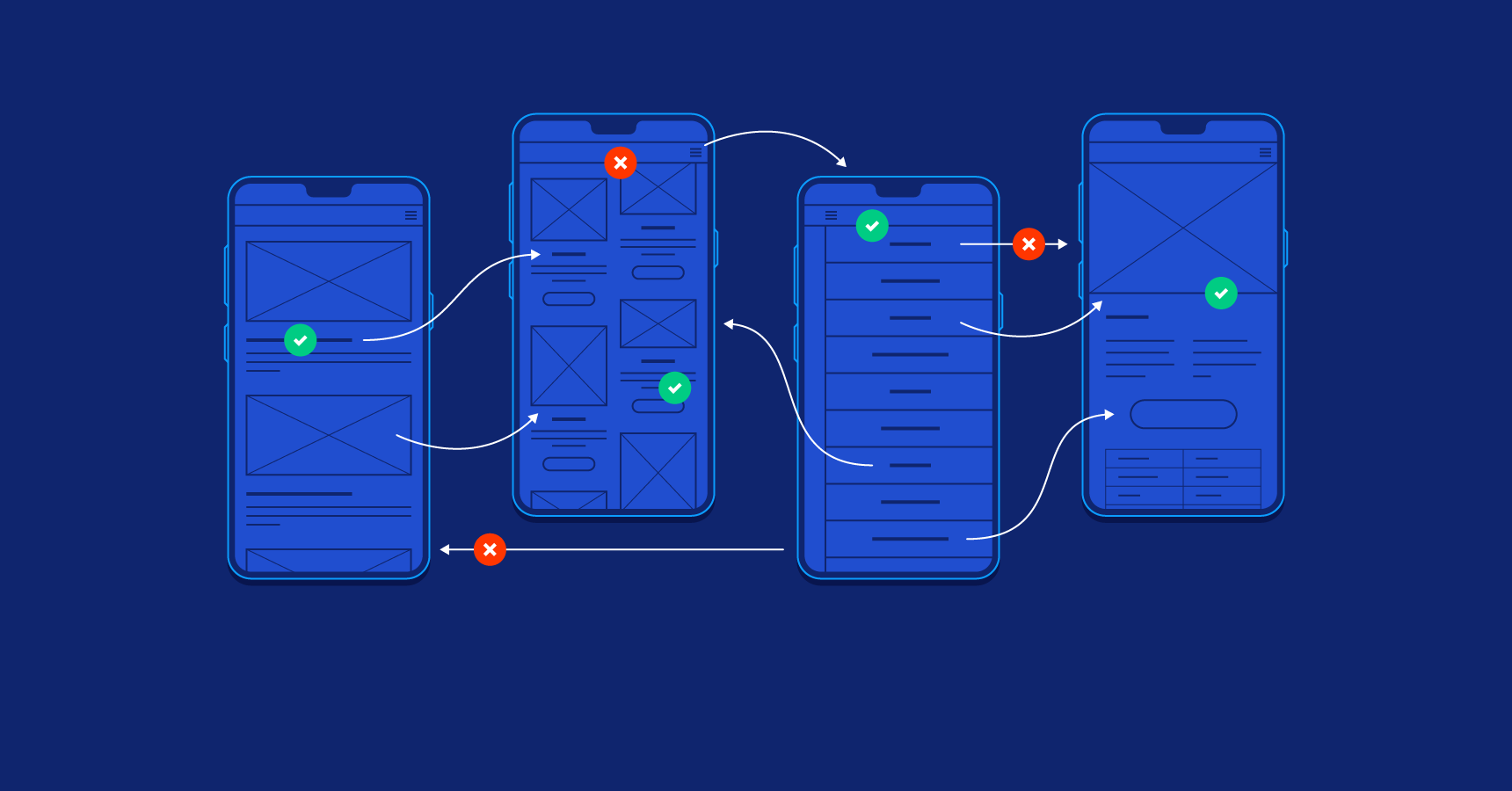Introduction
Welcome to the age-old debate that confuses many people venturing into the digital realm: Web Design vs. Web Development. If you’re thinking about creating a website or hiring professionals to do it, understanding the distinction between these two roles is crucial. Both are vital to the formation of a website, but they serve different functions and require different skill sets. In this comprehensive guide, we’ll dive deep into what sets web design and web development apart, their respective roles, skills needed, and why both are integral for a successful online presence.
Table of Contents
- Understanding the Basic Differences
- The Role of a Web Designer
- The Role of a Web Developer
- Skills Needed for Web Design
- Skills Needed for Web Development
- Front-End vs. Back-End Development
- The Intersection of Design and Development
- Common Misconceptions
- Choosing Between a Designer and Developer
- The Rise of Full-Stack Developers
- Conclusion
Understanding the Basic Differences
What is Web Design?
Web design encompasses the visual aesthetics and user experience of a website. Designers focus on the look and feel of the site, from color schemes and typography to layout and UI/UX design. Think of web designers as architects, planning the layout, flow, and interactivity of the site.
What is Web Development?
Web development is the building and maintenance of websites; it’s the work that happens behind the scenes to make a website function. Developers use various coding languages to bring the designer’s vision to life, focusing on the site’s functionality and performance.
The Role of a Web Designer
Visual Aesthetics
Web designers are responsible for the visual elements, choosing color schemes, typography, and creating the general layout to achieve the intended look and feel.
UI/UX Design
Good design isn’t just about aesthetics; it’s also about user experience (UX) and user interface (UI). Designers optimize the layout and flow of a website for the best possible user experience.
Prototyping
Web designers often create prototypes or mockups to show how the final website will look and function before the development phase begins.
The Role of a Web Developer
Coding
Web developers take design mockups and translate them into a functional website. They write code that dictates how the website operates.
Site Functionality
Developers ensure that the website’s features work correctly, whether it’s an e-commerce checkout system or a contact form.
Debugging
Identifying and fixing errors or bugs is a critical part of web development. Developers must ensure that the site runs smoothly and efficiently.
Skills Needed for Web Design
Graphic Design Software
Familiarity with design software like Adobe Photoshop and Illustrator is essential for web designers.
HTML/CSS
While not as intensive as developers, web designers often need to know basic HTML and CSS to implement their designs.
UX/UI Principles
Designers should understand how users interact with websites and create designs that enhance usability and accessibility.
Skills Needed for Web Development
HTML/CSS/JavaScript
These are the foundational languages for web development. HTML structures the site, CSS styles it, and JavaScript adds interactivity.
Back-End Languages
Depending on the project, developers may need proficiency in back-end languages like PHP, Python, or Ruby.
Version Control
Knowledge of version control systems like Git helps developers collaborate and manage changes in code.
Front-End vs. Back-End Development
Front-End Development
This is the part of development that deals with what users see. Front-end developers work closely with designers to implement visual elements.
Back-End Development
Back-end developers focus on server-side operations and databases, ensuring the technical architecture supports the front-end.
Full-Stack Development
Full-stack developers are proficient in both front-end and back-end development, providing a comprehensive skill set for web projects.
The Intersection of Design and Development
While design and development are distinct fields, they often overlap. Understanding each other’s roles and limitations can foster a more collaborative and effective working relationship.
Common Misconceptions
They’re the Same Thing
The most glaring misconception is that web design and web development are interchangeable terms. They are not.
Design is Easier Than Development
Many people incorrectly assume that design is easier than development. Both require different skill sets and are challenging in their own right.
Choosing Between a Designer and Developer
Understanding the difference helps you decide who you need for your project. If you’re focusing on aesthetics and user experience, a designer is the way to go. For functionality and performance, you’ll need a developer.
The Rise of Full-Stack Developers
Full-stack developers offer the best of both worlds but be aware that mastering both design and development is challenging and often requires years of experience.
Conclusion
Web design and web development are two sides of the same coin, each with its significance and set of skills. In today’s digital age, having a clear understanding of the differences can help you navigate the complex world of website creation more effectively.
If you’re looking for professionals who are adept at both, you’re in luck! Check out our comprehensive services that cover both web design and development to give you a seamless, functional, and visually appealing online presence.
Click here to explore our services.


